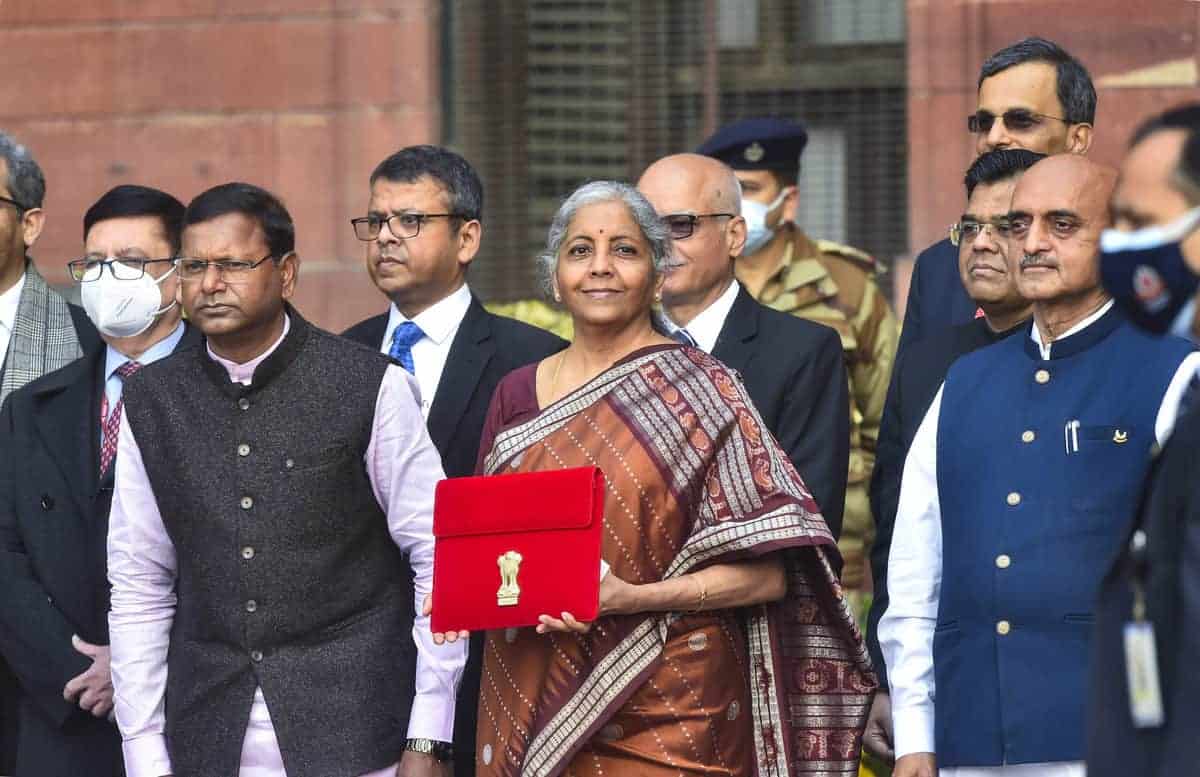

The Union Government presented this year’s budget on February 1 where the government will spend 40 lakh crores rupees while it will earn 23 lakh crores, which means that the deficit will be nearly 17 lakh crores. The largest outlay will be on defense where the government will spend a little more than 5 lakh crores rupees. The biggest expenditure item however will be interest payments at 9.4 lakh crores, which means that about 24 percent of total expenditure will go towards servicing the borrowings the government makes.
In a curious follow up to its own Economic survey which advocated a reduction in the fiscal deficit and consequent borrowings, the budget surprisingly opted for a higher deficit. It has increased the fiscal deficit to 6.9% of the GDP and even next year pegs it at a dangerous 6.4% of the GDP. Such high levels of fiscal deficits impact the economy in several ways and adversely so. A high fiscal deficit often results in a price rise. It also tends to drive away foreign investment, especially if the deficit is covered by the government printing more money. A high fiscal deficit also results in high interest rates, making the cost of capital go up and thus reduce consumption.
Each budget that comes has a certain policy direction, sometimes a good one and often a big mistake. We had budgets that announced MAKE IN INDIA, SWACHCH BHARAT, DIGITAL BHARAT and so on. This budget lacked any direction. There is nothing it points towards and does not provide the policy direction that is expected of a budget that seeks to catalyse recovery in an Economy ravaged by Demonetization, GST and COVID over the last six years. It promises high growth but shows no pathway to the same.
There is some emphasis on capital expenditure when the amount to be spent on building infrastructure is brought up from 5.5 lakh crores to 7.5 lakh crores. Here is where all the money that has been cut from other schemes has been allocated. We see significant cuts in the MNREGA and in the Mid-day meal schemes. Health and Education, the two main sectors impacted the most by the pandemic have been ignored with nothing substantial done to improve the situation. India continues to provide very poor quality education and denies access to modern healthcare to a majority of its population.
The government also seems to be banking on this capital expenditure to provide jobs to the millions of youth waiting to get employed and the millions who were rendered jobless over the last five years. However, the government is not looking at solving the supply side problems that the Indian economy faces. There is no attempt at any reform, and this must be a fall out of the failure to push through the farm law reform. Instead of solving the supply side problems that could have resulted in higher capacity creation and utilization, the government is continuing to focus on the demand side issues. As a result, unemployment in the country will not go away quickly.
There are the usual and familiar noises made on several other fronts. Some funds have been allocated to help MSMEs. Farmers have been promised drones. Schools will get television sets and India will get a new Digital University. The stress on technology as a panacea to all problems continues with the announcement of a legal status to cryptocurrency and the launch of a digital currency. The signal being sent out is that of a technology friendly government that has replaced the old printed budget by an electronic version that is read out from an iPad.
A remarkable feature of the budget is that it has completely divorced the economy from the politics, something that most of us have been arguing for. It was expected, given the high stakes elections in UP, that the Budget would distribute largesse to India’s largest state and give out new railway lines, new Public Sector Universities and special schemes for UP. Surprisingly there is nothing of this kind that has been announced in the budget. While this is a welcome move and suggests a new direction to economic policy, the reason for doing so is very suspect.
It seems to be the case that the government does not believe that good economics makes for good politics. Its Hindutva ideology does not depend on economic progress. In a very strange way, it is economic distress that actually works well for the ruling party. As the economy spirals downwards leading to a decline in growth and in jobs, it creates anxieties and stress. In such a scenario, people look for alternatives like they did in the 20012 – 2014 period and voted for Achche Din. This time around faced with anxiety, they are turning to religion, temples and statues. The right wing religious agenda seeks to harness these insecurities by shifting attention from the future to the past. The promise of correcting perceived and real historical wrongs is far more powerful in such times than any vision of a better future.
Amir Ullah Khan is a researcher at Centre for Development Policy and Practice (CDPP) based in Hyderabad.



